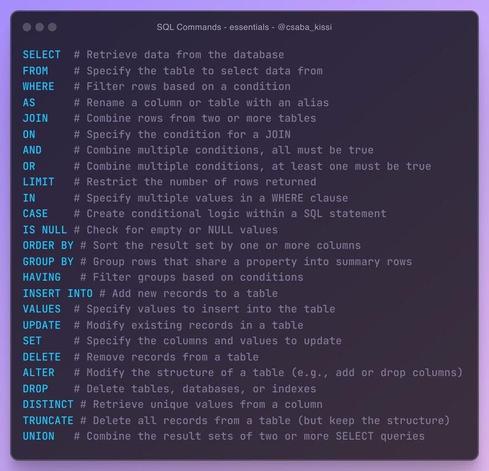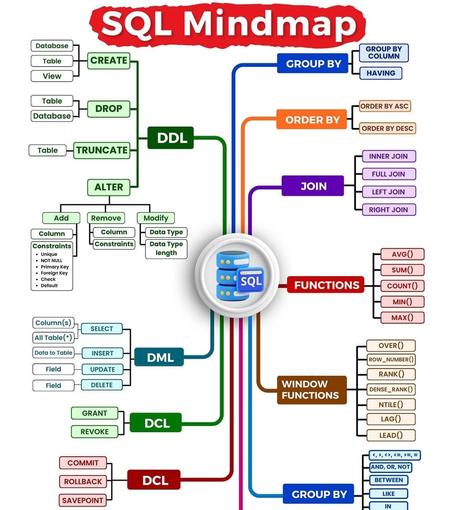Gateway stuff is done for now, so it's time to work on the DHCP range data.
A network can have 0..n DHCP ranges and each DHCP range should be editable with the CRUD operations.
C - create: add a new DHCP range, make sure it doesn't overlap with another DHCP range already present on this network. All IPs should be in range, too.
R - read: render DHCP range information and overall IPAM utilization of the network. A DHCP range covering 200 IPs on a /24 should, for example, show roughly 80% of the IPs are used. Vuetify has UI elements to render stuff like this.
U - update: change data about the range such as the start/end addresses, name, or description.
D - delete: remove a DHCP range <--> network association and the associated record(s) from the db.
Validations:
DHCP range doesn't overlap other IPs in use on the network, such as the gateway, static IP assignments on that network (which I haven't even gotten to), or other DHCP ranges.
There's going to be a LOT of testing to go into this and I think that's why I like this kind of stuff. It forces me to think of all the use cases, write tests, add code, and balance all of it together.
#rackroot #programming #networking #fastapi #python #webdev #fullstackdevelopment #fullstack #vuetify #databasedesign




